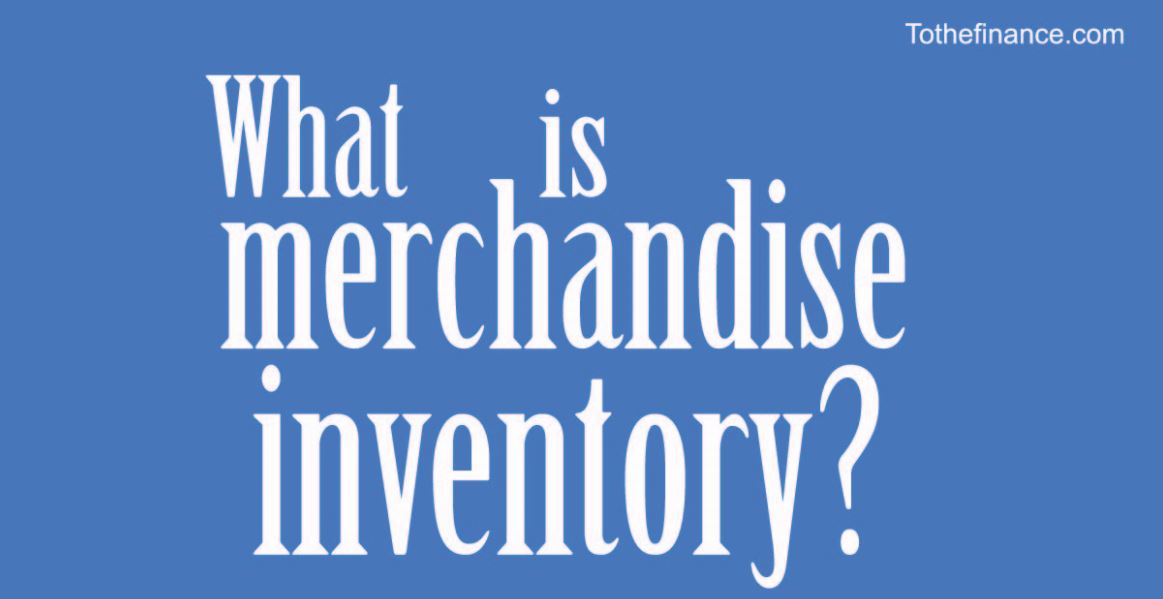Merchandise Inventory is the term frequently asked. Retailers, wholesalers, and distributors earn money by obtaining items from manufacturers or other suppliers and then marketing, or promoting and selling, those goods to clients. The merchandise inventory represents the items a merchant or other reseller expects to sell to consumers. It comprises inventory in warehouses, retail outlets, and storage facilities.
Detailed explanation
Inventory includes all items that have been bought but not yet sold. Unsold inventory is classified as a current asset on the balance sheet of a business. Inventory qualifies as a current asset since firms often anticipate selling it within a year as part of their routine operations. Current assets are assets that a business plans to sell or utilize within the next 12 months. In addition to the price paid to suppliers, the value of each inventory item may also include the cost of transportation and insurance.
Is merchandise inventory a current asset?
An inventory account for products is an asset account. On the balance sheet, the retailer’s inventory is classified as a current asset. A current asset is an asset that delivers economic advantage during a certain accounting term, often one year. For inventory to qualify, it must be anticipated that it will be sold within a fiscal or calendar year.
What does Merchandise Inventory comprise?
Merchandise inventory accounts for the various expenses incurred by a shop in acquiring the things it plans to sell to consumers. It includes the amount paid for the items, the shipping charges provided by the reseller or retailer, and any other fees, such as packing and transit insurance etc. Merchandise inventories contain all acquired products, including those in storage facilities, stores, and in transit from suppliers.
Methods for Inventory Management
To compute goods inventory, either a periodic inventory system or a perpetual inventory system may be used. Periodically, physical inventory counts are performed at the end of the accounting period. Due to the volume and significance of inventory as a proportion of a retailer’s total assets, even businesses with a perpetual accounting system do a physical inventory count after each accounting period.
Merchandise Inventory on Income Statement
Even while inventory is an asset on the balance sheet, it is not immediately apparent on the income statement, which summarizes sales, costs, and profit or loss for a certain accounting period. In contrast, each quarter’s sales statement includes inventory adjustments as a cost. The cost of sold goods inventory is reflected in the period’s COGS costs on the income statement.
For further reading, Merchandise stock.
Also read, elements of financial statement.
Conclusion
Retailers, distributors, and wholesalers must successfully maintain and manage their item inventories to be financially viable. By using inventory management software, organizations may be able to save costs, boost revenues, and improve customer satisfaction.
Offering company-wide knowledge enables retailers to optimize their inventory processes, better manage their stock, lower their cost of goods sold, and boost their profitability. Real-time analytics provide businesses the ability to keep an eye on trends, spot problems as they arise, and gradually improve performance.
